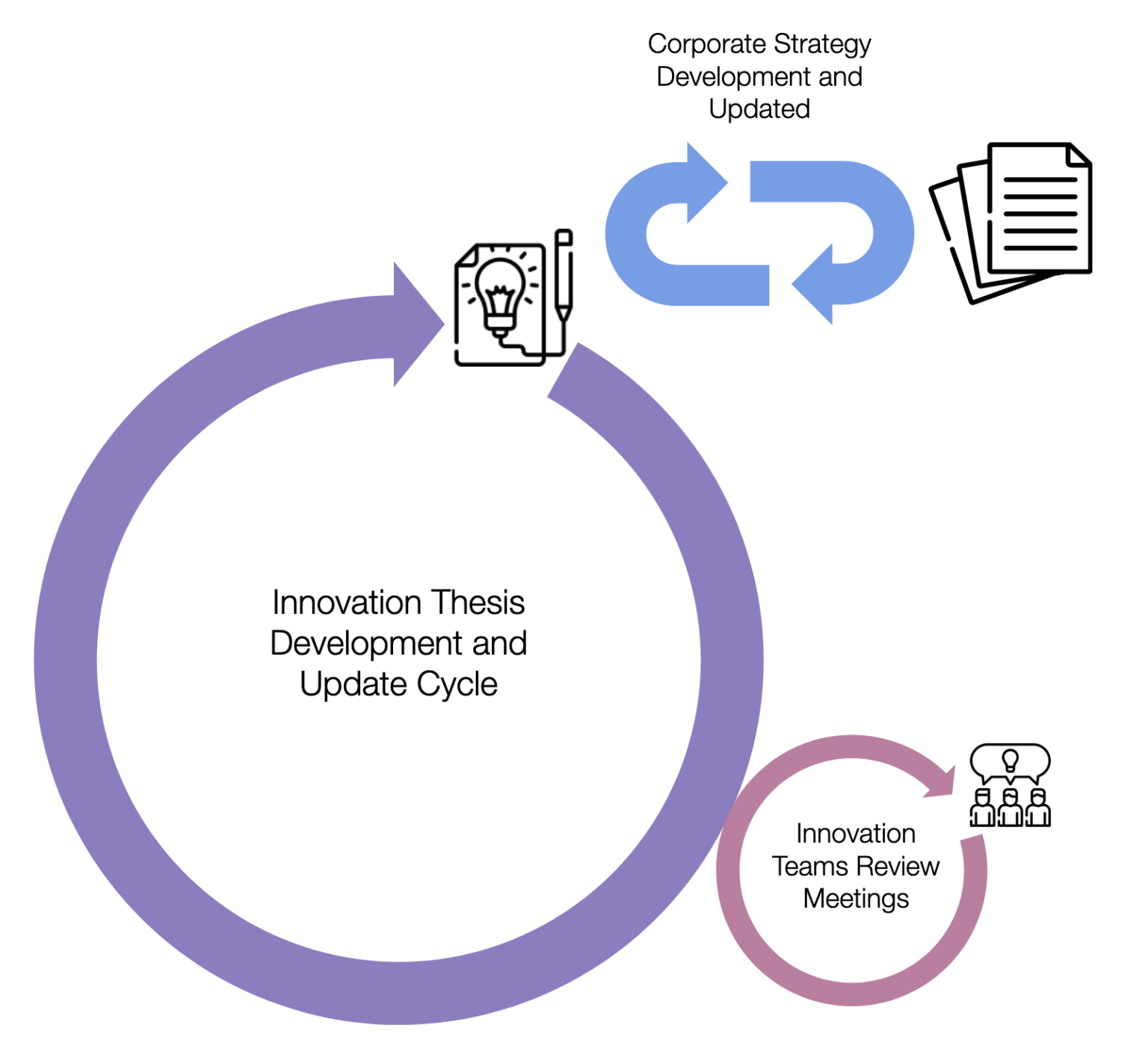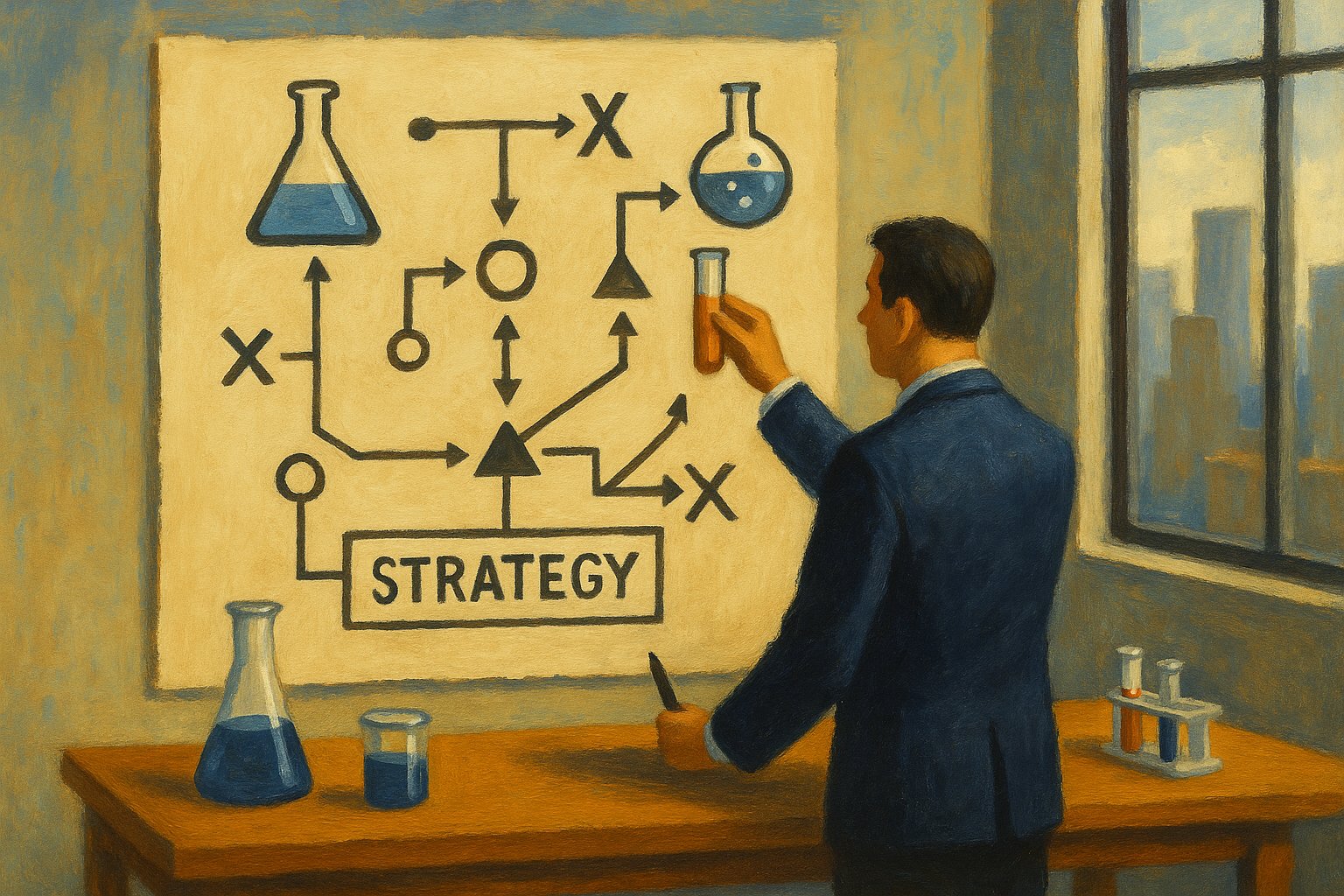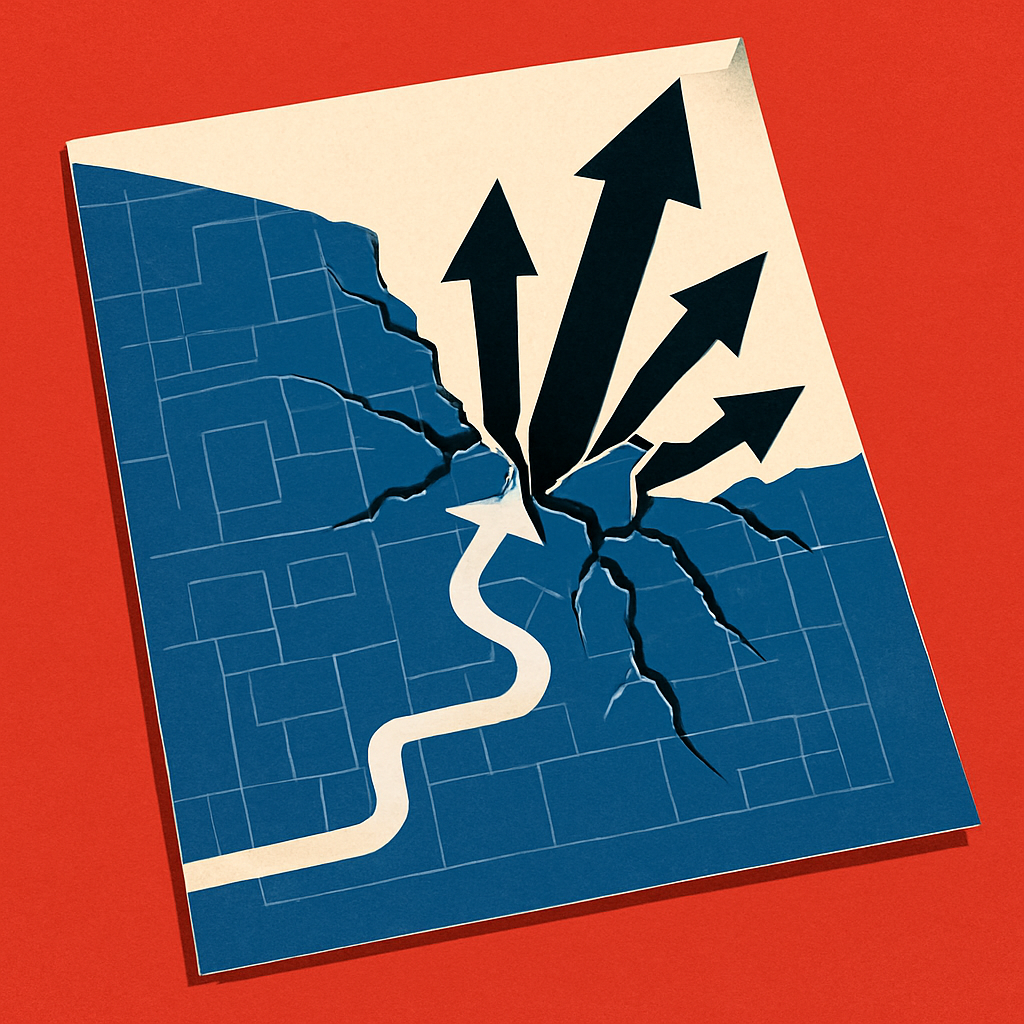Traditional strategic planning often starts with a bold vision, a detailed roadmap, and a firm belief in the trends analysis predicting how the future will unfold. These long-term business strategies aim to provide direction and control if the world is filled with certainty.
But in fast-changing markets, rigid strategies can quickly become outdated. And worst, they can hamper the very thing they were designed for, growth.
Customer preferences evolve, competitors shift, and assumptions made during planning can unravel in real time. This is why forward-thinking companies are embracing a more flexible approach to strategy — one built not around big bets and rigid plans, but around continuous experimentation.
Instead of committing to a single master plan, these companies are building strategy as a series of experiments. This approach enables them to learn faster, adapt quicker, and make smarter decisions grounded in evidence, not just vision.
The Shift from Strategic Planning to Strategic Experimentation
A traditional business strategy assumes that we can predict what will work. An experimental strategy starts with the opposite assumption: we don’t know yet, and that’s okay — as long as we can learn quickly about the general direction we want the company to go on.
This approach shift is central to modern strategy and in particular to innovation strategy. New ideas, connected with the general strategic direction the company wants to go on — whether they involve entering a new market, launching a product, or changing a pricing model — are treated as hypotheses. Teams test these ideas and the most critical assumptions behind, gathering data, and informing the strategic direction based on real-world feedback.
Think of it like running a series of mini-experiments within your broader strategic framework. Each experiment helps reduce uncertainty, validate (or invalidate) assumptions, and guide better decision-making. It’s strategy by discovery, not just declaration.
A Real-World Example: Amazon’s Experimental DNA
One of the most prominent examples of this approach is Amazon, a company that has embedded experimentation deep into its strategic growth process.
Whether testing new features in Prime Video, piloting a strategic market entry in grocery retails through Amazon Go stores, or refining its product recommendation engine, Amazon constantly runs controlled experiments. These initiatives aren’t rolled out as massive, fully-funded launches. Instead, they start small — often within what Amazon calls “two-pizza teams” — autonomous groups empowered to innovate and test independently. Only if the results from the experiments are positive, the company decides to double down on that larger strategy.
This model allows Amazon to try hundreds of ideas connected with possible strategic moves at once without jeopardizing the core business. Some ideas fail quickly and cheaply. Others gain traction, get refined, and then the company doubles down on their underlying strategic intent.
Case in point, AWS, which started as an OPEX optimization initiative which was then rolled out to a small ‘beachhead’ audience to see if the company can actually play in the ‘cloud storage space’ at scale, and today accounts for about 20% of Amazon’s revenue.
Back in the day, entering the ‘cloud storage space’ was a massive strategic undertaking by Amazon, that was informed by numerous small scale experiments. It’s a clear demonstration of how an experimental mindset connected with a strategic intent can drive continuous business growth while mitigating risk.
Why Experimental Strategy Works
Building strategy through experimentation doesn’t mean you abandon long-term thinking. It means you reach long-term goals through smarter, faster learning cycles. There are several key advantages to this approach:
- Reduced Risk Through Small Bets: Instead of betting big on unproven initiatives, you make smaller, reversible investments. This limits downside and allows failure to be informative rather than destructive.
- Faster Time-to-Learning: You move quickly from idea to insight. Experiments generate real data, reducing the lag between planning and learning.
- Adaptability in Uncertain Environments: As markets evolve, so can your strategy. You’re not locked into a rigid plan — you’re constantly adjusting based on what you learn.
- Culture of Curiosity and Evidence: Teams become more comfortable asking “What if?” and backing decisions with data. This cultural shift supports long-term strategic innovation.
- Connect innovation with strategy : Taking this approach strengthens the link between strategy and innovation—a connection that is currently weaker than ever, with only 12% of companies reporting a strong alignment between the two functions. This disconnect is a key factor contributing to the decline of many corporate innovation arms.
How to Apply an Experimental Approach to Strategy
Adopting an experimental approach to strategy doesn’t mean throwing away your existing processes. It means adapting and improving what you already do. Here’s how to get started:
1. Break Down Strategic Direction into Testable Assumptions
Don’t just assume a new strategy will work. Identify what must be true for your strategy to succeed. Write these in the form entries in an Innovation Thesis and then.

2. Run Minimum Viable Experiments
Design tests around those Innovation Thesis items in the form of investments in teams and ventures. Encourage teams to use prototyping techniques and methodologies such as design thinking and lean startup. The goal is to learn fast about the underlying assumption of the ideas which in term are the underlying assumptions of your strategy. The goal is not to launch perfectly developed businesses – that’s a collateral if it ends up happening.
3. Build Feedback Loops Through Your Governance Process
Hold regular check-ins with your investments—don’t wait until the end of the quarter, a major decision point, or a new funding request. Maintain a consistent meeting cadence to track and record progress. These ongoing updates provide validated learnings that inform your overall strategy. While in some cases, there may not always be significant update from one meeting to the other, holding these sessions at a regular cadence reinforces a culture where strategy is informed by experimentation
Alongside the insights gained, keep a record of the investment and effort involved. This information will be valuable when planning larger moves in that strategic direction. This data can be extrapolated to guide decisions if you choose to double down on that path.
4. Update Your Strategy
Determine how often to meet with your broader leadership team to review and refine your strategy and innovation thesis. While there may not always be significant updates, holding these sessions at a regular cadence reinforces in your leadership circle a culture where strategy is informed by experimentation not subjective opinions.
The appropriate frequency should be guided by the learning velocity of your innovation teams and the pace of change in your market. For instance, a pharmaceutical company may meet less frequently than one in retail banking.
From Rigid Strategy to Responsive Innovation
The future of strategy isn’t about locking into a single path. It’s about building the capacity to adapt, learn, and innovate continuously. By shifting from rigid plans to strategy as a series of experiments, companies position themselves to thrive in uncertain environments.
This approach isn’t just for digital-native companies or tech giants. Organizations in retail, manufacturing, financial services, and even nonprofits are using experimentation to drive smarter, more resilient strategies.
In a world where change is the only constant, the most strategic thing you can do may be to stop trying to be right from the beginning — and start committing to learn faster than anyone else.
This article was originally posted on the OUTCOME Blog




